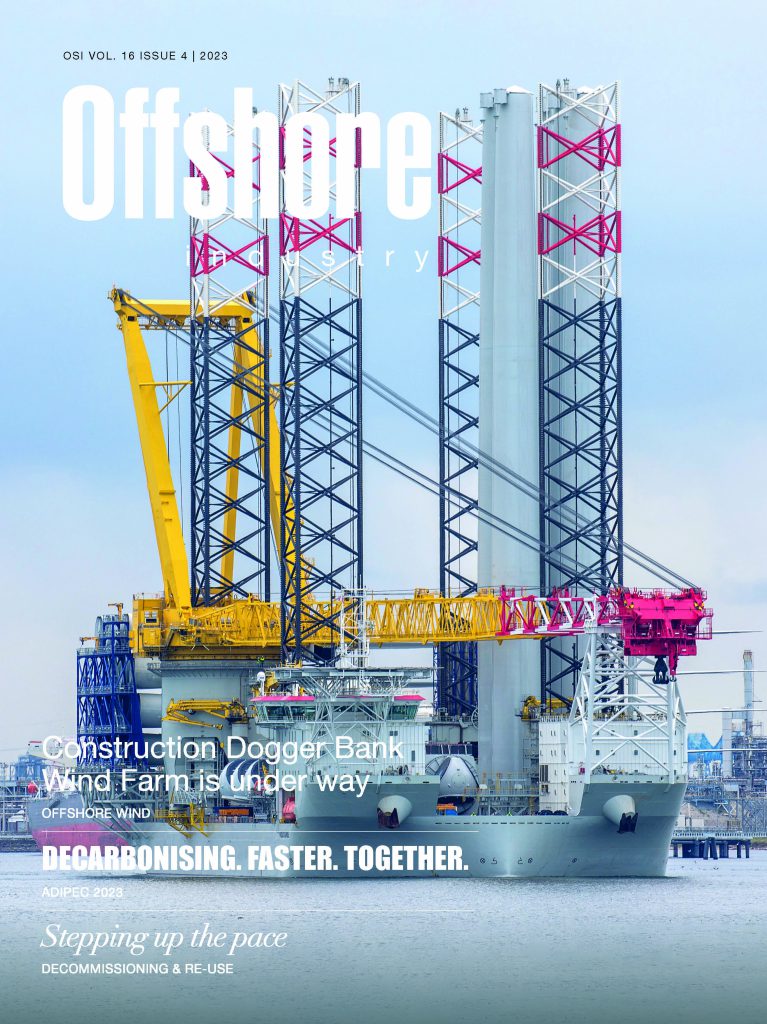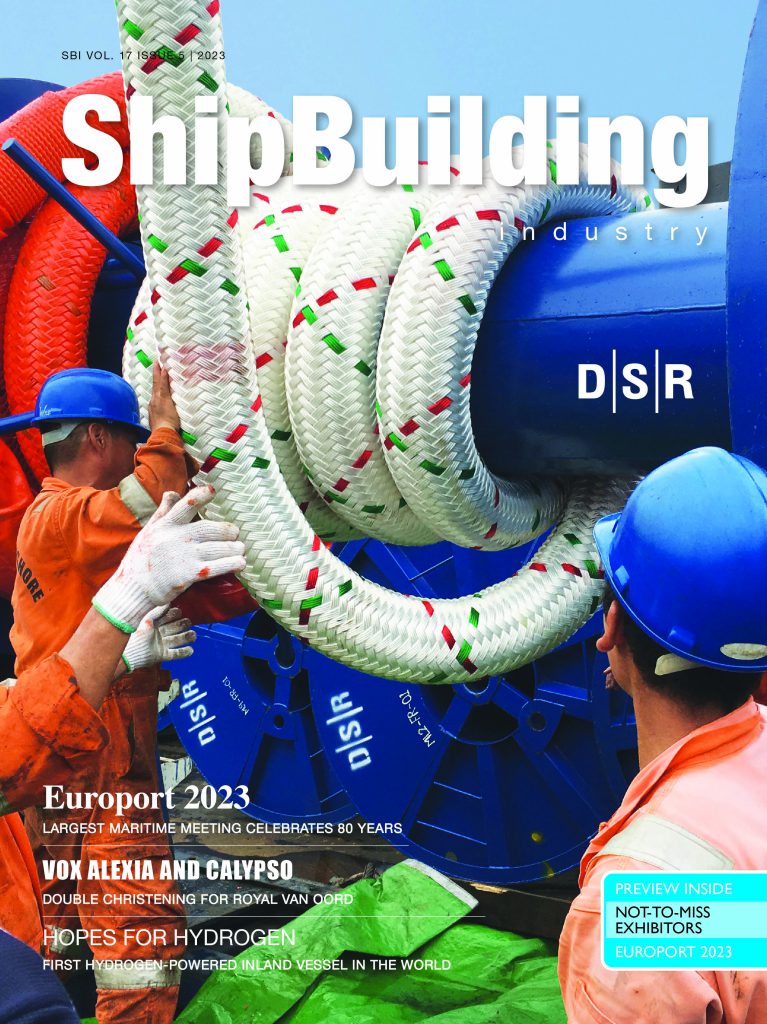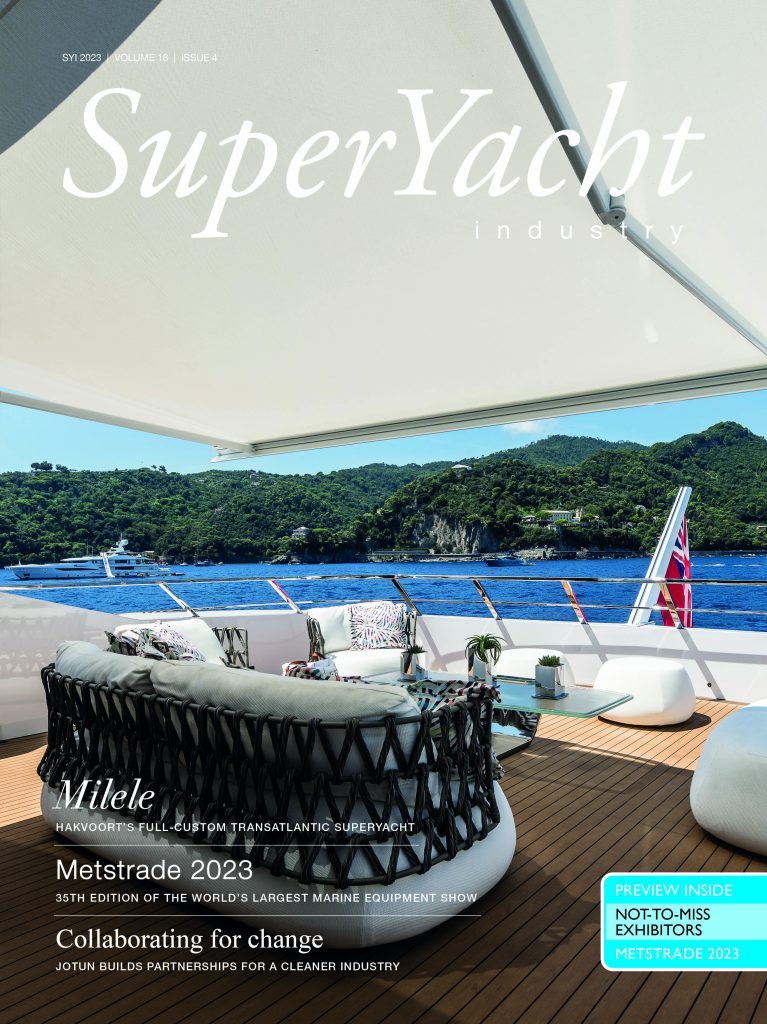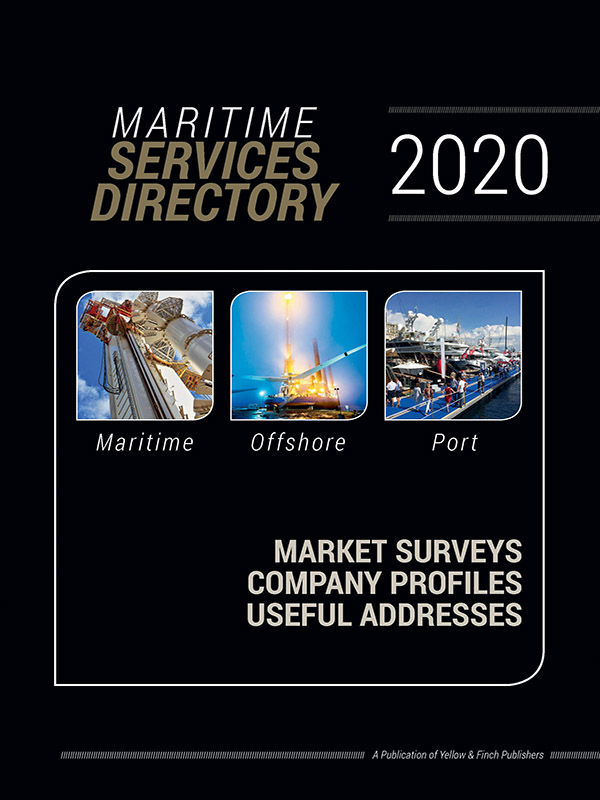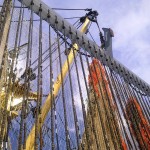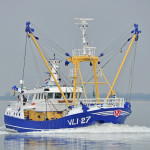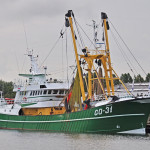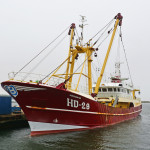Damen responds to evolving fishing practices
As European fishing policies evolve, so fishing techniques advance. One of the latest technologies available is electric pulse fishing. In line with European Union regulations, a proportion of the Dutch fishing fleet is currently permitted to utilise this innovative method. With a view to supporting a sustainable North Sea fishery, Maaskant Shipyards Stellendam, part of the Damen Shipyards Group, is meeting market needs by offering conversion services to trawlers still using traditional methods.
Maaskant Shipyards is currently installing electric pulse fishing gear on the GO-5 Ora et Labora, a 40.4m beam trawler. This present contract illustrates the yard’s strong position in this growing market – the current conversion is the yard’s twelfth conversion project this year.
Quick turnaround
The GO-5 Ora et Labora will soon be back working its North Sea fishing grounds – the conversion works are typically completed within two weeks. “The fishing gear modifications involve fitting a pulse cable block and aft boom as well as a rig mooring winch,” explains Maaskant Shipyards Stellendam Director Frits van Dongen. “Our team will also install the necessary transformers, pulse cable winches and pulse cabinets and drivers in the engine room in addition to operator panels in the wheelhouse.”
At present there are two electric pulse fishing systems on the market – from maritime engineering companies Delmeco and HFK. Delmeco’s system looks like a traditional beam trawl while the HFK set up uses the SumWing design. Damen Shipyards Stellendam is installing an HFK system on the GO-5 Ora et Labora.
Reduced fuel costs
Targeting flatfish species such as sole and plaice, the electric pulse fishing method uses strands of electrodes, instead of the conventional ‘tickler chains’, to startle fish from the seabed. The technique yields significant advantages to the operator. “Because the fishing gear doesn’t come into contact with the sea bed, there is less resistance. Therefore, fishing boats that use this method can sail slower and use less power during trawling,” explains Mr Van Dongen. “These factors lead to a reduction in fuel consumption of around 45 percent.” Fishing vessel captains using the system have also reported a decrease in maintenance costs.
According to Mr Van Dongen there are also environmental advantages to be gained from the technique: “Because there is much less contact with the sea bed, there is much less disturbance. Combine this with a reduction in unwanted by-catch and you have a sustainable method of fishing.”
Maaskant Shipyards Stellendam has performed 22 such conversions to date – highlighting the yards growing experience in this sector. “This is an important innovation for the fishing industry,” concludes Mr Van Dongen. “We are very happy to support the fishing fleet to generate a more efficient, and hence, more profitable, catch.”



